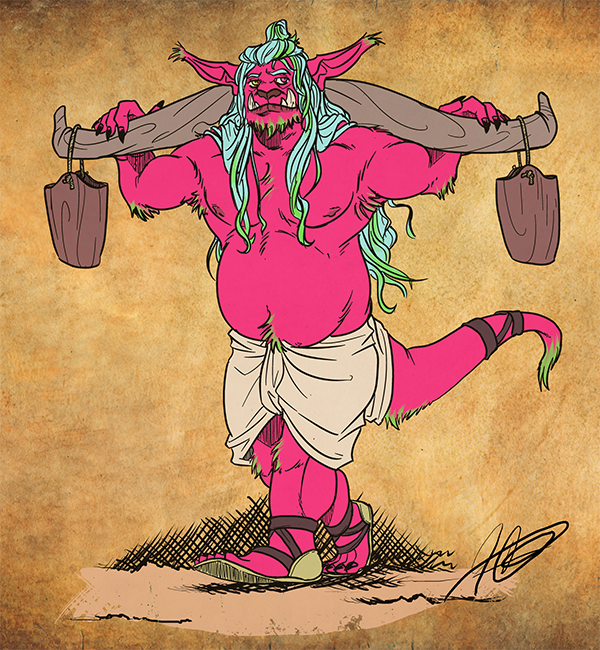Chimera
Basic Information
Anatomy

Genetics and Reproduction
Growth Rate & Stages
Ages 0 months to 3 years:
-infancy
-lives off of nursing milk of child's bese
-referred to as a "kit"
Ages 4 years to 13 years:
-childhood
-developmental period for psychological growth
-can be viewed as early (4 to 7) and late (8 to 13)
Ages 14 years to 19 years:
-transitional period from childhood to adulthood
-culturally significant period for career training
-sexual maturity begins
-physical changes become more apparent
Ages 20 years to 42 years:
-young adulthood and the very beginning of it
-marked as the age of adulthood and legal independence
-culturally expected to begin career field and deeper understanding of self
-sexual maturity has peaked, body fully capable of impregnation and birthing
-more than likely will have spent time contemplating family life
Ages 43 years to 78 years:
-docile period
-parenthood begins
-filial roles solidify
-authority roles crystallize
-expected to have intrinsic understanding and the capability of sharing deep thoughts
-philosophic, religious, and career status tend towards increasing in importance
Ages 79 years to 120 years:
-cultural expectation to understand deep dreams of self, others, and creator god Ouseltomex
-transference of knowledge and skills to younger generation through verbalization
-if proficient enough, can do direct transfer of knowledge and internalized experiences
-increase in duration of sleep as individual's soul and mind go closer to Ouseltomex
-begins to "see" into Ouseltomex's eyes which have long since been shut
Ages 120 years to death:
-life conclusion through reflection of one's meaning and purpose
-likely to become crystallized in the actions one has committed in life
-acceptance of one's deeds is preferred in this moment
Additional Information
Facial characteristics
Perception and Sensory Capabilities
Civilization and Culture
Naming Traditions
Gender Ideals
Relationship Ideals
Alke are the ones responsible for the impregnation of another. It is their sperm that fertilizes the ovum of the other partner, the bese. Bese carry the child through the ten months of gestation and follow with three to four years of nursing. During the early stages, a bese is assisted in childcare by their alke but predominantly by the oume. The third piece of the triad, oume are vital in the raising of children. In centuries past, oume were the teachers of children, but now most take to attending to children's care along with the respective alke and bese.
These roles pertain in their relationship to the child and not to each other. This is to say that who is alke, bese, or oume can change in a relationship from child to child. As an example, Lex Alfosol's parents during his conception were Alex as the alke, Forex as the bese, and Sovex as the oume. For Lex's younger sibling, their parents were Sovex as the alke, Alex as the bese, and Forex as the oume.Average Technological Level
Interspecies Relations and Assumptions
Remove these ads. Join the Worldbuilders Guild









Comments